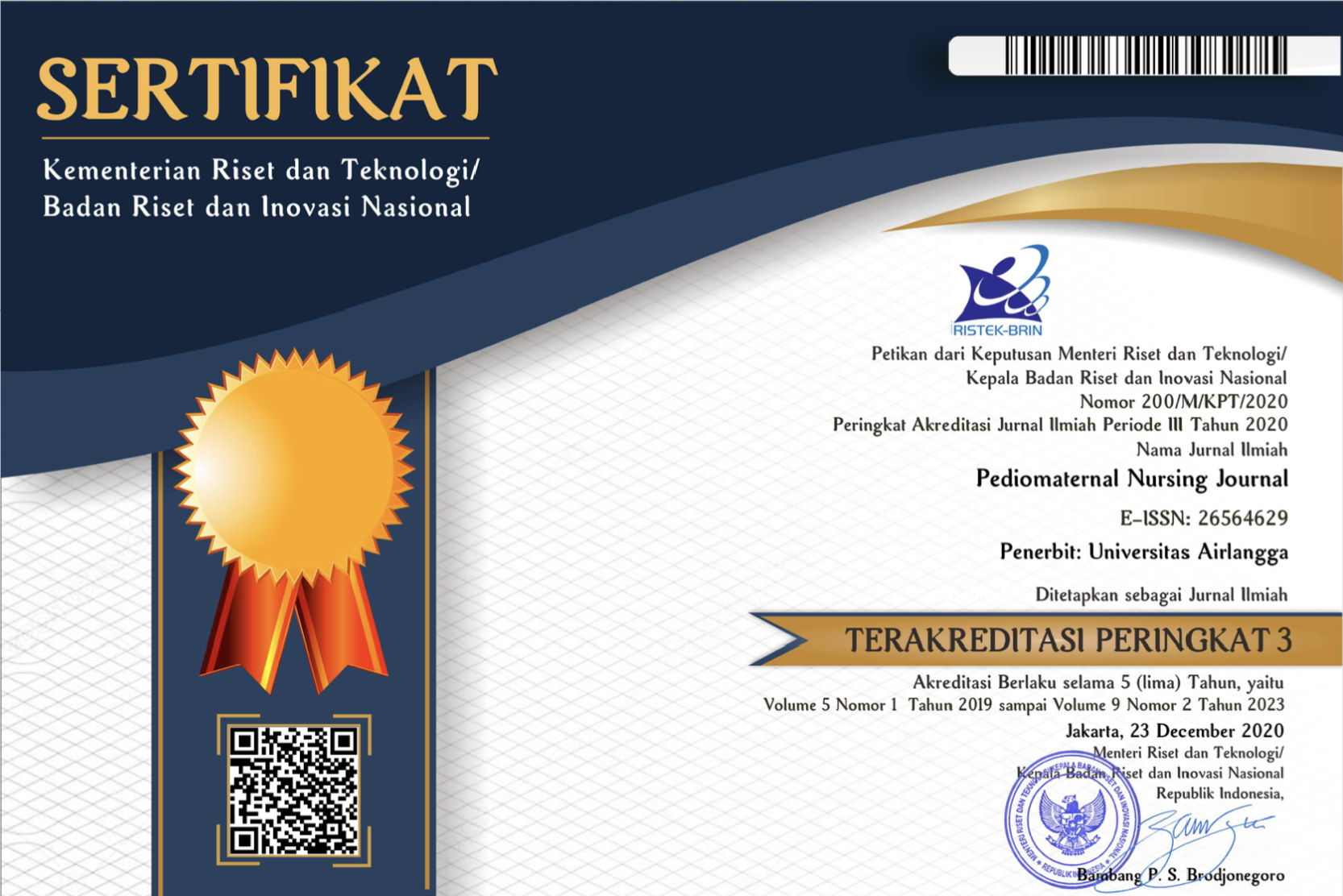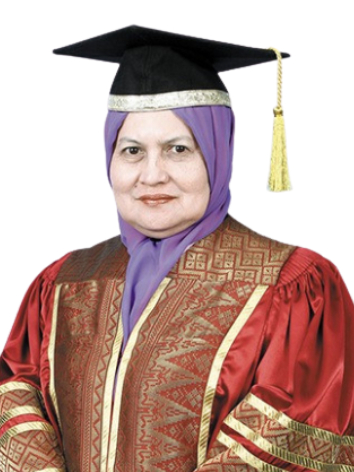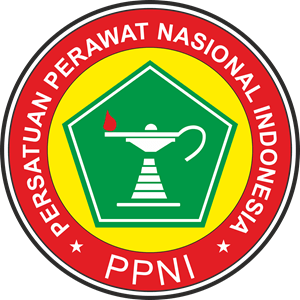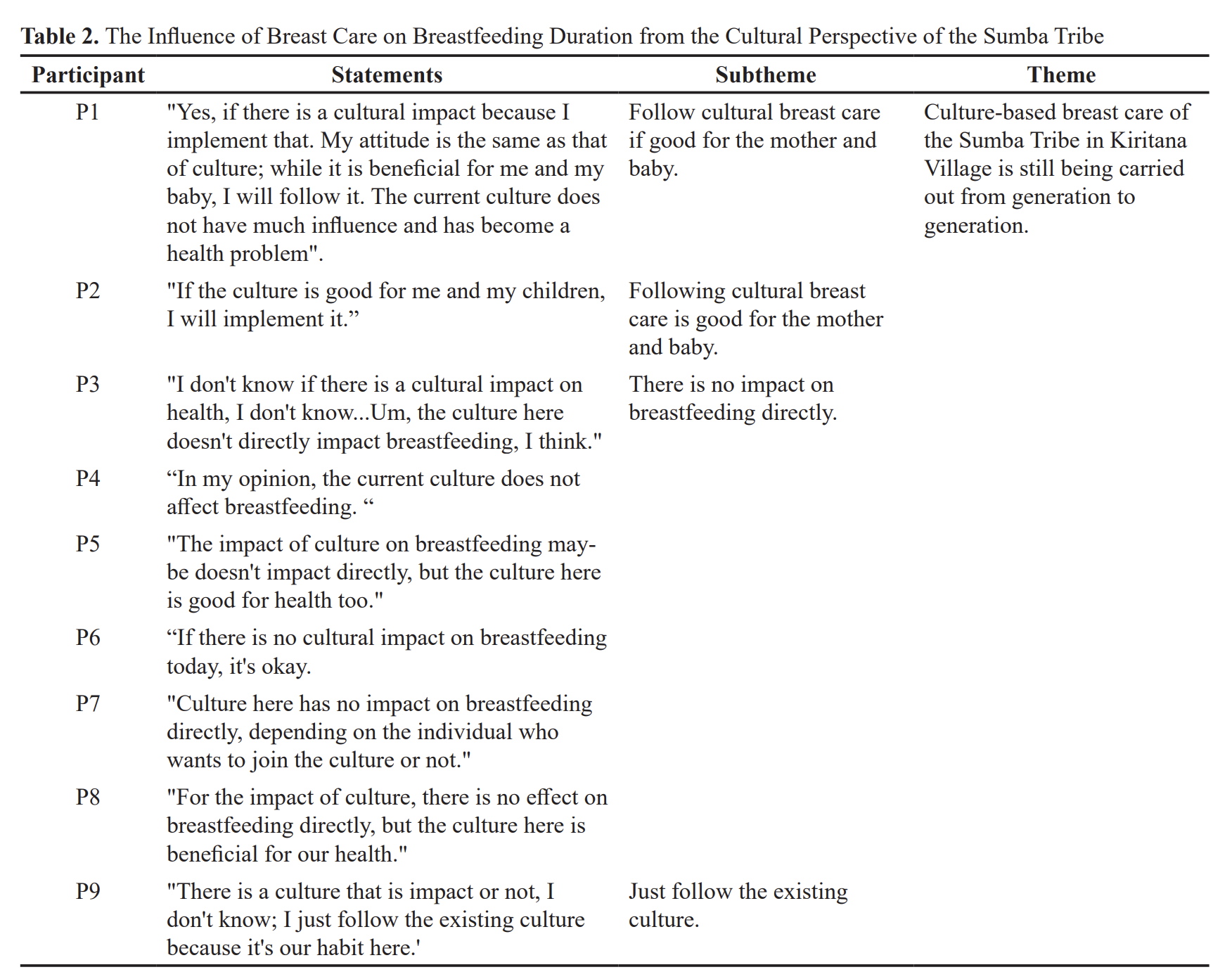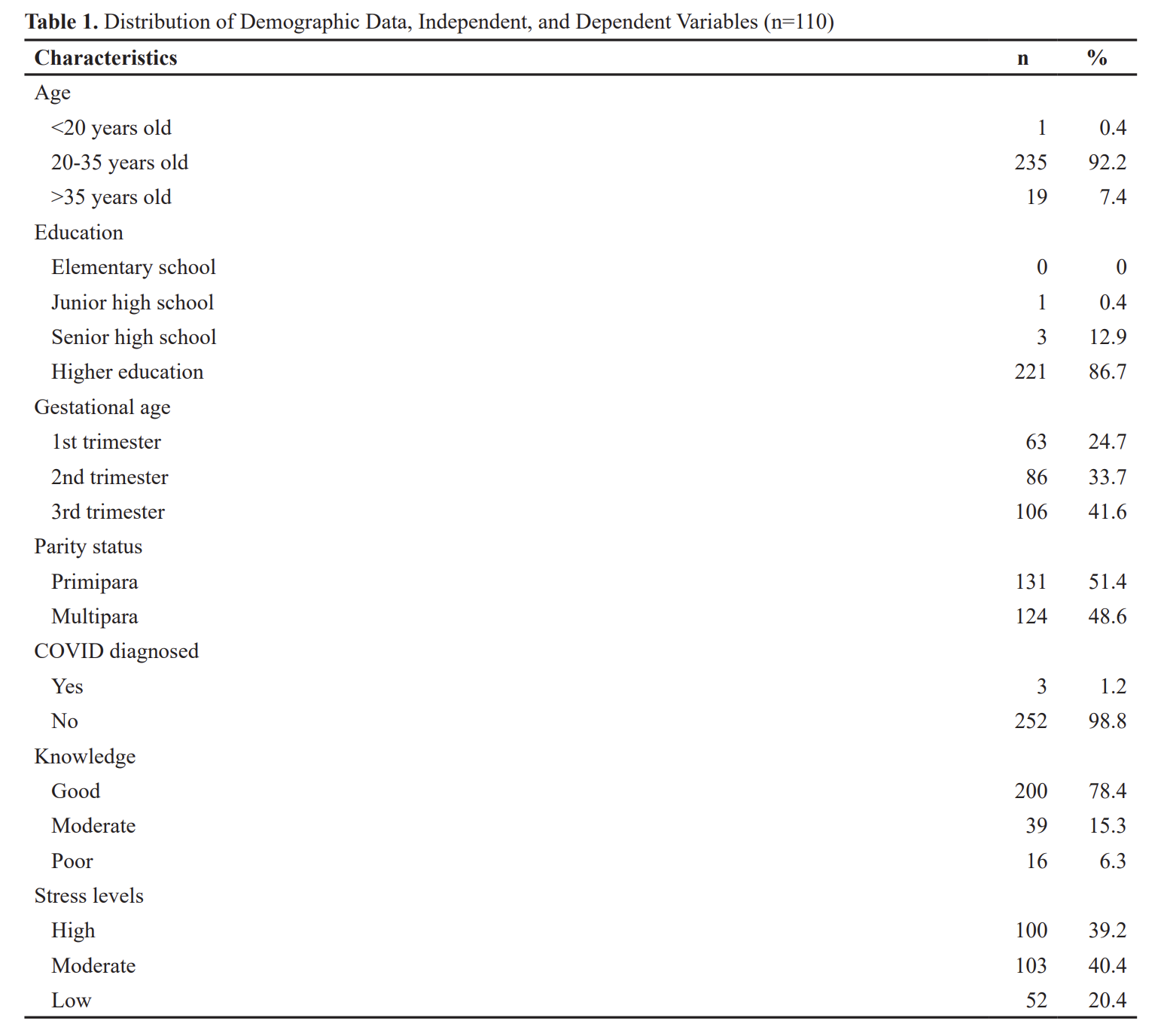Hubungan Data Demografi Keluarga dalam Pemberian ASI Esklusif Anak Balita Stunting
Downloads
Introduction: Stunting is an important nutritional problem in Indonesia because it has a serious impact on the quality of child development. Stunting is thought to be related to family demographics, and environmental conditions. The purpose of this study is to explain the relationship between family demographic factors including age, occupation, income and number of families with stunting nutritional status.
Methods: This Study was Cross-Sectional Study. The population in this study were mothers with stunting toddlers aged 2-5 years at the Puskemas Galis Bangkalan with a total sample of 129 respondents, taken according to the inclusion criteria. The independent variables are age of respondents, education, employment, family members and the dependent variable is stunting nutritional status. Data was collected using a structured questionnaire and observation of respondents. The data were then analyzed using the Rank Spearman test with a significance level of <0.05.
Results: The results showed that there was no relationship between age of respondents (p=0.305), education (p=0.712), employment (p=0.261), family members (p=0.153) with stunting of nutritional status.
Conclusion: Factors that affect the health of toddler with the nutritional status of stunting toddlers are very multifactorial so that support is needed across sectors to reduce the stunting of nutritional status.Khoeroh H, Indriyanti D. Evaluasi Penatalaksanaan Gizi Balita Stunting Di Wilayah Kerja Puskesmas Sirampog. Unnes J Public Heal. 2017;6(3):189–95.
Vaozia S. Faktor Risiko Kejadian Stunting Pada Anak Usia 1-3 Tahun (Studi Di Desa Menduran Kecamatan Brati Kabupaten Grobogan). 2016.
Sisca D, Putri K, Nur D, Utami H, Teknologi P, Kesehatan I, et al. Nilai Batas Berat Lahir Sebagai Prediktor Kejadian Stunting Pada Anak Umur 6-23 Bulan Di Indonesia (Cut-Off Point Of Birthweight As Predictor Of Stunting In Children Aged 6-23 Months In Indonesia). 2015.
Harmoko. Asuhan Keperawatan Keluarga. Yogyakarta: Pustaka Pelajar; 2016.
Rahman MM, Saima U, Goni MA. Impact of maternal household decision-making autonomy on child nutritional status in Banglades. Asia-Pacific J Public Heal. 2015;27(5):509–20.
Hermanussen M. Stunted growth. Eur J Clin Nutr. 2016;70(6):647–9.
WHO. Global Nutrition Target 2015: Stunting Policy Brief. World Heal Organ. 2012;14.3(9):1–8.
Kemenkes. buku panduan progam indonseia sehat. 2016.
Dewi M, Aminah M, Gizi J, Kesehatan P, Bandung K. Indonesian Journal of Human Nutrition Pengaruh Edukasi Gizi terhadap Feeding Practice Ibu Balita Stunting Usia 6-24 Bulan (The Effect of Nutritional Knowledge on Feeding Practice of Mothers Having Stunting Toddler Aged 6-24 Months). Indones J Hum Nutr. 2016;3(1):1–8.
Nadhiroh KN dan SR. Faktor Yang Berhubungan Dengan Kejadian Stunting Pada Balita. J Media Gizi Indones. 2015;10(Faktor yang berhubungan dengan kejadian stunting):13–9.
Ni'mah K, Nadhiroh SR, Kesehatan DG, Kesehatan F. FAKTOR YANG BERHUBUNGAN DENGAN KEJADIAN STUNTING PADA BALITA.
Nadhiroh SR. Faktor yang berhubungan dengan kejadian. 2010;
UNICEF. Improving Child Nutrition - The achievable imperative for global progress. United Nations Children's fund. 2013.
Khasanah NA, Sulistyawati W. Karakteristik Ibu dengan Kejadian Gizi Kurang pada Balita 6-24 Bulan di Kecamatan Selat , Kapuas Tahun 2016. Str J Ilm Kesehat. 2018;7(1):1–8.
Lubis, N & Pieter HZ. Pengantar Psikologi Dalam Keperawatan. Jakarta: Prenada Media; 2010.
Soetjiningsih. Perkembangan Anak dan Permasalahanya dalam Buku Ajar I Ilmu perkembangan Anak Dan Remaja. Jakarta: Sagungseto; 2012.
Patriyani. Marriage & Familly Development. New York: Harper & Row Publisher; 2009.
Muhlisin A. Keperawatan Keluarga. Yogyakarta: Goysen Publising; 2012.
Copyright (c) 2019 Putri dewi suciningtyas, Mira Triharini, Praba Diyan Rachmawati

This work is licensed under a Creative Commons Attribution 4.0 International License.
1. The journal allows the author to hold the copyright of the article without restrictions.
2. The journal allows the author(s) to retain publishing rights without restrictions.
3. The legal formal aspect of journal publication accessibility refers to Creative Commons Attribution (CC BY).

